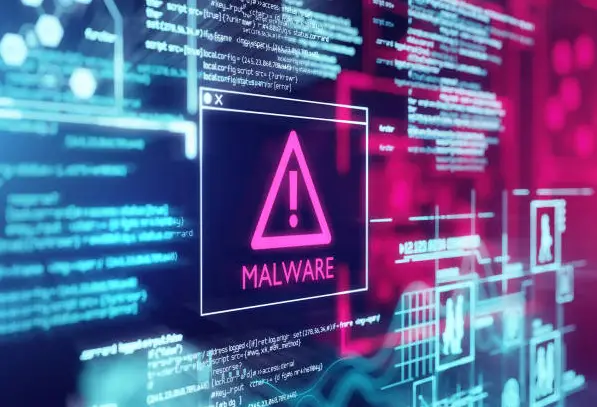We live in a world where the majority of our lives have become digital. From our finances to our personal identities, there’s something or the other available online. However, with the convenience comes cybersecurity threats.
Over the past few decades, there have been numerous such cybersecurity attacks, often the work of destructive code that has managed to inflict maximum damage and wreak havoc on businesses, general people, and the economy as well.
However, these global malware incidents have also brought many learning instances that have transformed cybersecurity today. We shall discuss more about that in this guide.

What are Some of the Most Infamous Malware Attacks in History?
Like historical events, certain infamous malware attacks have shaped the future of cybersecurity. To better understand how things have shifted, we first need to examine these malware attacks’ insides.
As revealed by Private Internet Access (PIA), the following are a few of the most impactful malware attacks that shook people and industries:
- Morris Worm (1988)
- ILOVEYOU (2000)
- MyDoom (2004)
- Stuxnet (2010)
- WannaCry (2017)
- Ryuk Ransomware (2018)
- SolarWinds Supply Chain Attack (2020)
- Log4Shell (2021)
These malware attacks have shifted how cybersecurity is handled and prioritized, even for the slightest threats and complications.
How Have the Malware Attacks Transformed Cybersecurity at Present?
With the consistent growth of technology, more robust security has become a dire necessity. The legacy of these malware attacks goes beyond immediate financial losses. They have taught us how to address loopholes so history doesn’t repeat itself.
Some of the different ways via which these malware attacks have strengthened cybersecurity at present are:
Enhanced Threat Detection
Despite the evolving technology, malware attacks have been persistent. You’d expect a dirty malware attack in 1988 due to the lack of advanced tech, but with one happening in 2021 as well, it goes to show that prompt threat detection is necessary. This is where modern cybersecurity comes in clutch, with the integration of artificial intelligence (AI) and machine learning to predict and then prevent malware attacks.
Zero Trust Architecture
Traditional perimeter-based defenses are viable but not foolproof, as several companies like NotPetya and WannaCry have demonstrated. This is where the “Zero Trust Model” steps in. With this, every device (new or old) undergoes verification every time it logs into the network, providing continuous verification and eliminating the complexities of a malware attack.
Ransomware Preparedness
One main reason malware attacks are so prevalent is that they seek ransom. There has been a steep rise in ransomware attacks, which has propelled businesses to focus on strengthening their backup and encryption in case such an incident happens. There is a priority on the “prepare, detect, respond, and recover” approach.
Cybersecurity Awareness and Training
If you look into many past malware attacks, you will realize the role of human error in facilitating them. Unknowingly, these errors can cost millions and jeopardize the online security of many users. This is where cybersecurity awareness and training have become a priority for every team member to eliminate these concerns from the root.
Also Read: 5 Key Things to Remember if You Want to Protect Yourself From Malware
Final Words
Malware attacks have shaped how companies and even the government make cybersecurity decisions today. Witnessing past patterns has enabled people to find weaknesses and work on solidifying those shortcomings to prevent further attacks in the future. With the rising threats to cybersecurity, even the technology to mitigate those attacks is on the rise.










